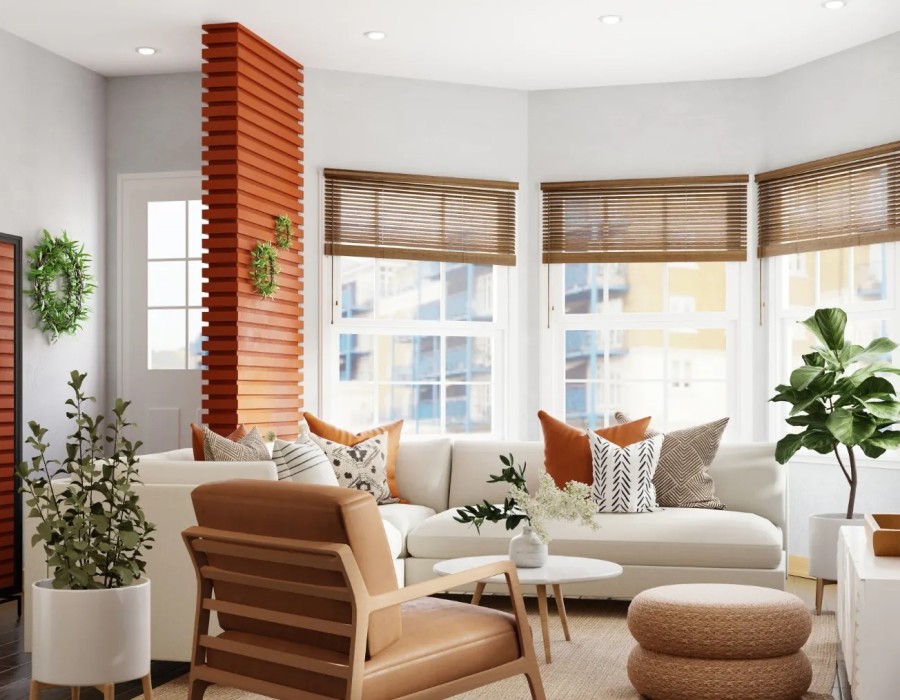A house extension is one of the most effective ways to create additional living space, enhance your home's functionality, and potentially increase its market value. Whether you’re looking to add a new bedroom, extend your kitchen, or create a larger living area, a well-planned extension can breathe new life into your property. However, embarking on such a project involves more than just adding bricks and mortar; it requires careful planning, thoughtful design, and an understanding of the necessary legalities.
Assessing Your Needs and Goals
Before you dive into a house extension project, it’s crucial to clearly define why you need the extra space. Are you accommodating a growing family, setting up a home office, or simply looking to enhance your home's overall layout? Your specific needs will dictate the type of extension that’s most suitable. For instance, a single-story extension is ideal for expanding living areas, while a double-story extension can provide additional bedrooms and bathrooms.
Understanding your goals will also guide decisions regarding the design and functionality of the new space. It’s important to consider how the extension will integrate with the existing structure of your home and how it will affect the flow of your daily life. This initial planning stage is essential for ensuring that the final result meets your expectations.
Choosing the Right Type of Extension
There are several types of house extensions to consider, each with its own benefits and challenges. The most common types include:
Single-Story Extensions: Perfect for expanding kitchens or living rooms, these extensions usually extend into the garden, creating a seamless connection between indoor and outdoor spaces.
Double-Story Extensions: These offer more space by adding another level to your home, which can be used for additional bedrooms, bathrooms, or even a home office.
Wrap-Around Extensions: A combination of side and rear extensions, wrap-around designs offer maximum space, often transforming the layout of the entire ground floor.
Loft Conversions: While not a traditional extension, converting an unused loft into a living area is an excellent way to add space without altering the footprint of your home.
Selecting the right type of extension depends on your specific needs, budget, and the potential impact on your property.
Navigating Planning Permission and Building Regulations
Understanding the legal requirements for a house extension is crucial to avoid any potential issues. In many cases, you’ll need to obtain planning permission from your local authority, especially if the extension significantly changes the appearance or size of your home. However, some extensions fall under "permitted development rights," meaning they don’t require formal planning permission.
Even if planning permission isn’t necessary, building regulations must still be followed. These regulations ensure that your extension is safe, structurally sound, and energy-efficient. They cover aspects like fire safety, insulation, ventilation, and electrical work. It’s essential to work with professionals who are familiar with these regulations to ensure your project complies.
Budgeting and Cost Management
One of the most critical aspects of a house extension project is budgeting. Costs can vary significantly depending on the size, complexity, and materials used in the extension. It’s important to set a realistic budget that includes not only the construction costs but also additional expenses like professional fees, planning permission, and potential unforeseen costs.
A well-planned budget should also consider the long-term value that the extension will add to your home. While it’s tempting to cut costs, investing in quality materials and workmanship can significantly enhance the extension's durability and appeal, ultimately offering a higher return on investment.
Working with the Right Professionals
The success of your house extension project largely depends on the professionals you choose to work with. An experienced architect can help design a space that is both functional and aesthetically pleasing, while a reliable builder will bring that design to life with quality craftsmanship. Take the time to research and select professionals with a proven track record and positive client reviews.
Conclusion
A house extension can be a transformative project, adding much-needed space and value to your home. By carefully planning, choosing the right type of extension, understanding the legal requirements, and managing your budget effectively, you can ensure a successful outcome that meets your needs and enhances your living space. Whether you’re expanding to accommodate a growing family or simply seeking to improve your home’s functionality, a well-executed house extension offers endless possibilities for creating your ideal living environment.





Comments